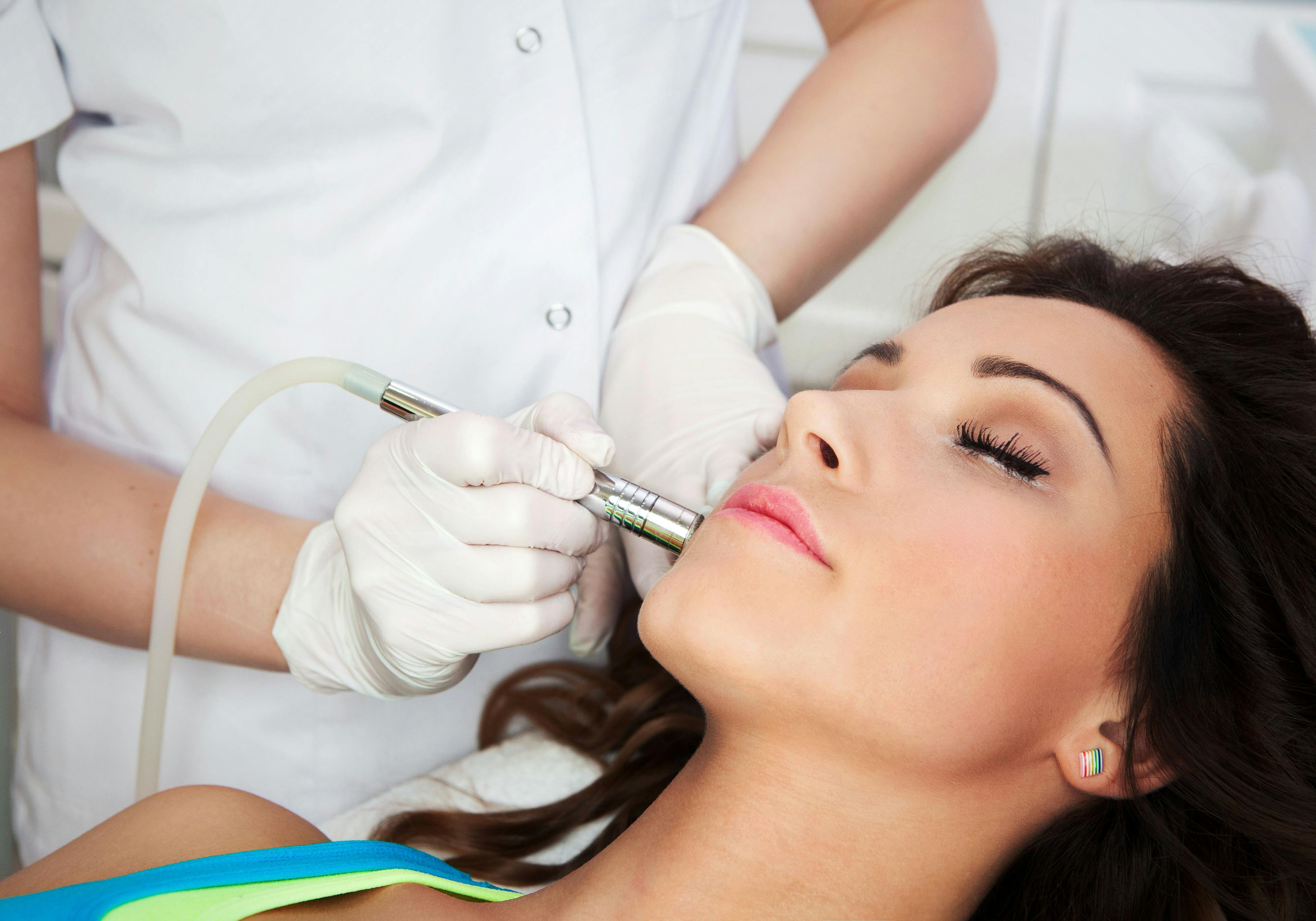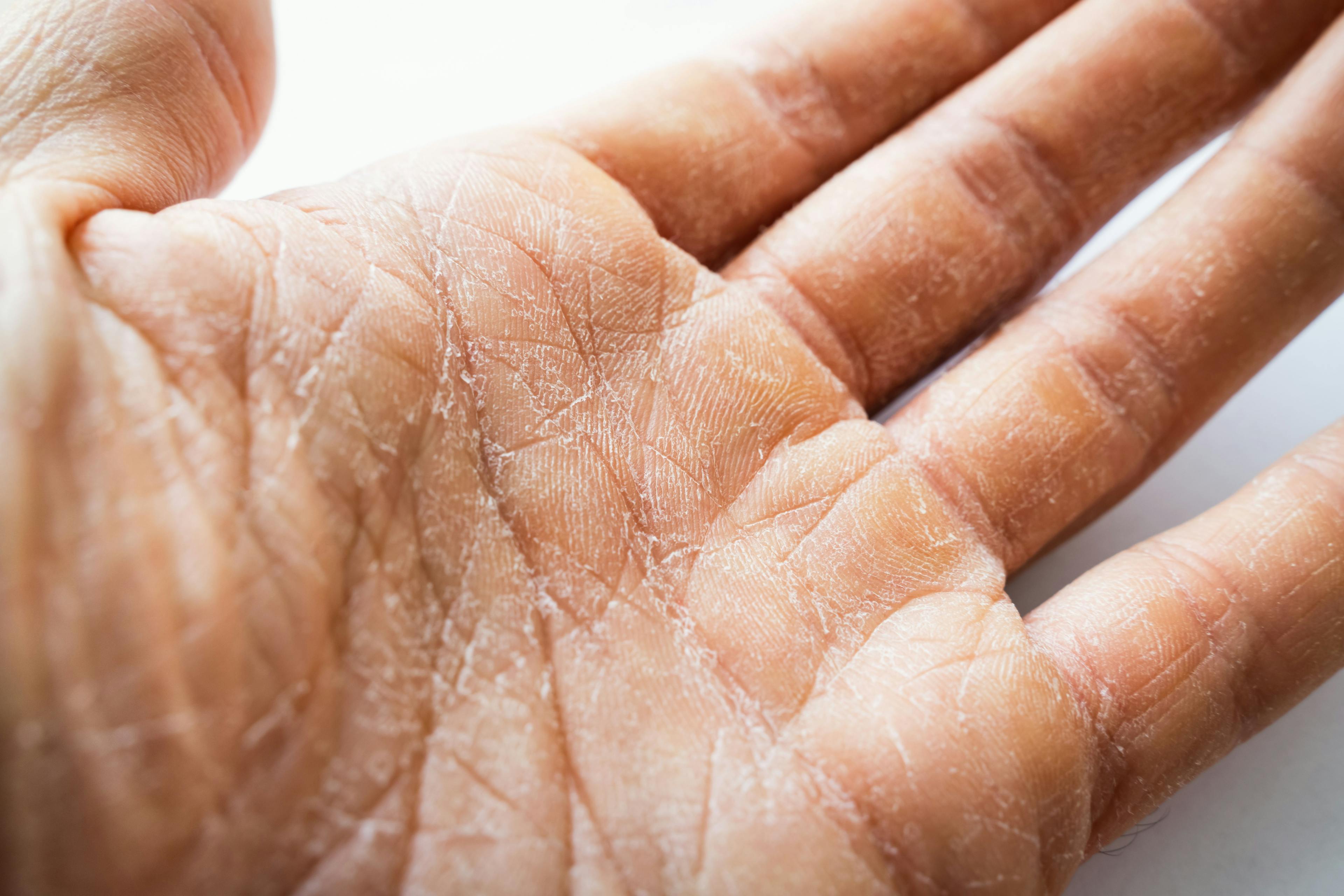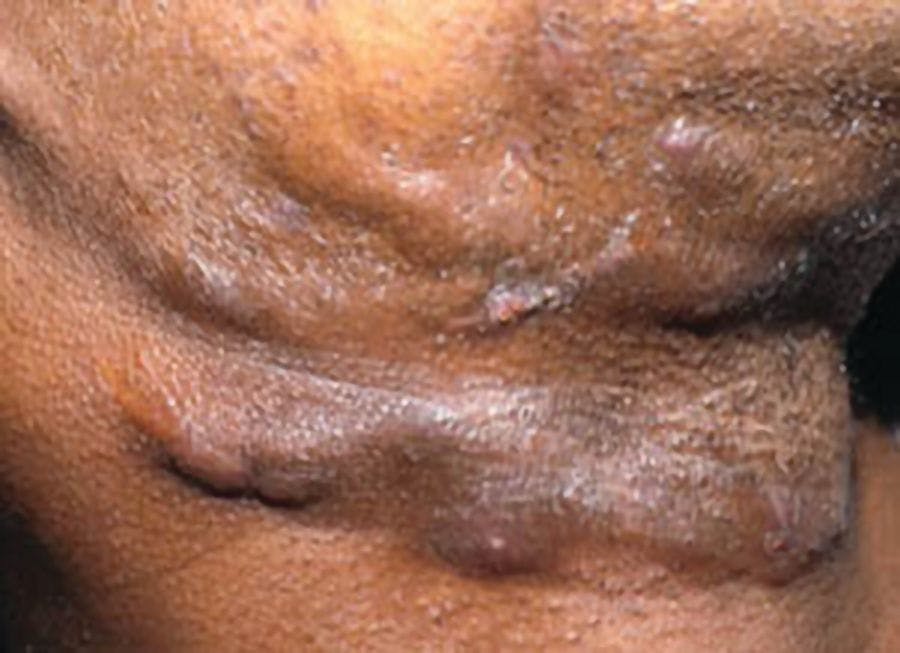- Acne
- Actinic Keratosis
- Aesthetics
- Alopecia
- Atopic Dermatitis
- Buy-and-Bill
- COVID-19
- Case-Based Roundtable
- Chronic Hand Eczema
- Chronic Spontaneous Urticaria
- Drug Watch
- Eczema
- General Dermatology
- Hidradenitis Suppurativa
- Melasma
- NP and PA
- Pediatric Dermatology
- Pigmentary Disorders
- Practice Management
- Precision Medicine and Biologics
- Prurigo Nodularis
- Psoriasis
- Psoriatic Arthritis
- Rare Disease
- Rosacea
- Skin Cancer
- Vitiligo
- Wound Care
News
Article
Dermatology Times
The Best Cleansers for Your Patients
At the 2022 Fall Clinical Dermatology Conference, 2 clinicians discuss the best skin cleanser recommendations for their patients.
As most dermatologists know, cleansers are a double-edged sword: necessary to preserve barrier function and remove dirt, oils, and bacteria, they can also disturb or damage lipids, proteins, and the microbiome, so the aim, as Joshua Zeichner, MD, director of Cosmetic & Clinical Research in dermatology at Mount Sinai Hospital in New York, New York; and Hilary Baldwin, MD, medical director of the Acne Treatment & Research Center in Brooklyn, New York, noted in their presentation, “What’s new in skin cleansers” is to clean the skin without disrupting those beneficial lipids, acidic pH, protein, or normal flora.
Zeichner and Baldwin shared a brief history of cleansers, starting with 3000 BCE (which they explained as a time of “DIY soap”), followed by the advent of industrial soaps in the 1880s, glycerin soaps in the 1940s, and synthetic surfactant bars coming on the market in the 1950s. These were followed by liquid cleansers in the 1960s, conditioning and biodegradable cleansers in the 1980s, up and through today, with the use hydrophobically modified polymers (HMPs).
In recommending/selecting a cleanser choice for your patient, the presenters explained, age, skin type, and patient preference all need to be taken into account. For example, newborns through age 2 do not yet have fully developed skin and are particularly vulnerable to barrier disruption; at puberty, skin tends to be oily, and cleansers have the challenging task of both removing sebum while maintaining skin moisture. Aging skin has a thin epidermis, impaired barrier, and decreased sebum. And then, of course, for some patients, inflammations such as atopic dermatitis need to be taken into account.
Considering all of this, the presenters offered recommendations:
--oily skin produces excess sebum, so this skin type often does best with a foaming cleanser
--for normal skin, a foaming cleanser, creamy foaming cleanser, or hydrating lotion cleanser are all good choices
--dry skin, with a barrier deficiency, and often rough, scaly or flaky, should be treated with a hydrating lotion cleanser or lipid-containing cleanser
Finally, the presenters reminded attendees that facial cleansing is often seen as “me” time, and should be a satisfying moment in the patient's day. Considering that many wash their face at least twice a day and want a positive tactile experience, a foaming cleanser, with the above properties dependent upon age and condition is often the most effective—and enjoyable—choice.
Reference
Zeichner J, Baldwin H. What’ new in skin cleansers. 2022 Fall Clinical Dermatology Conference. October 20, 2022. Las Vegas, Nevada.

Newsletter
Like what you’re reading? Subscribe to Dermatology Times for weekly updates on therapies, innovations, and real-world practice tips.





























